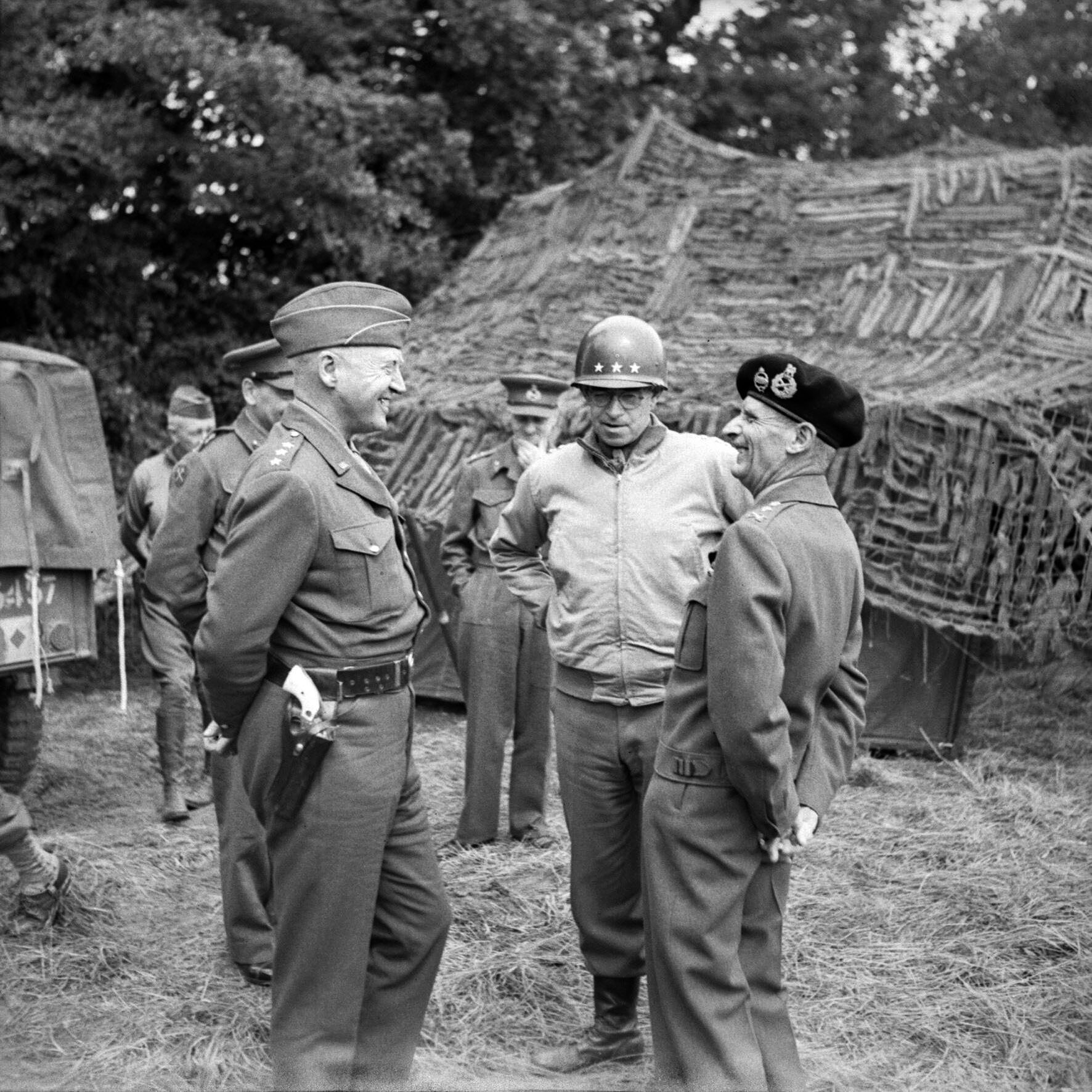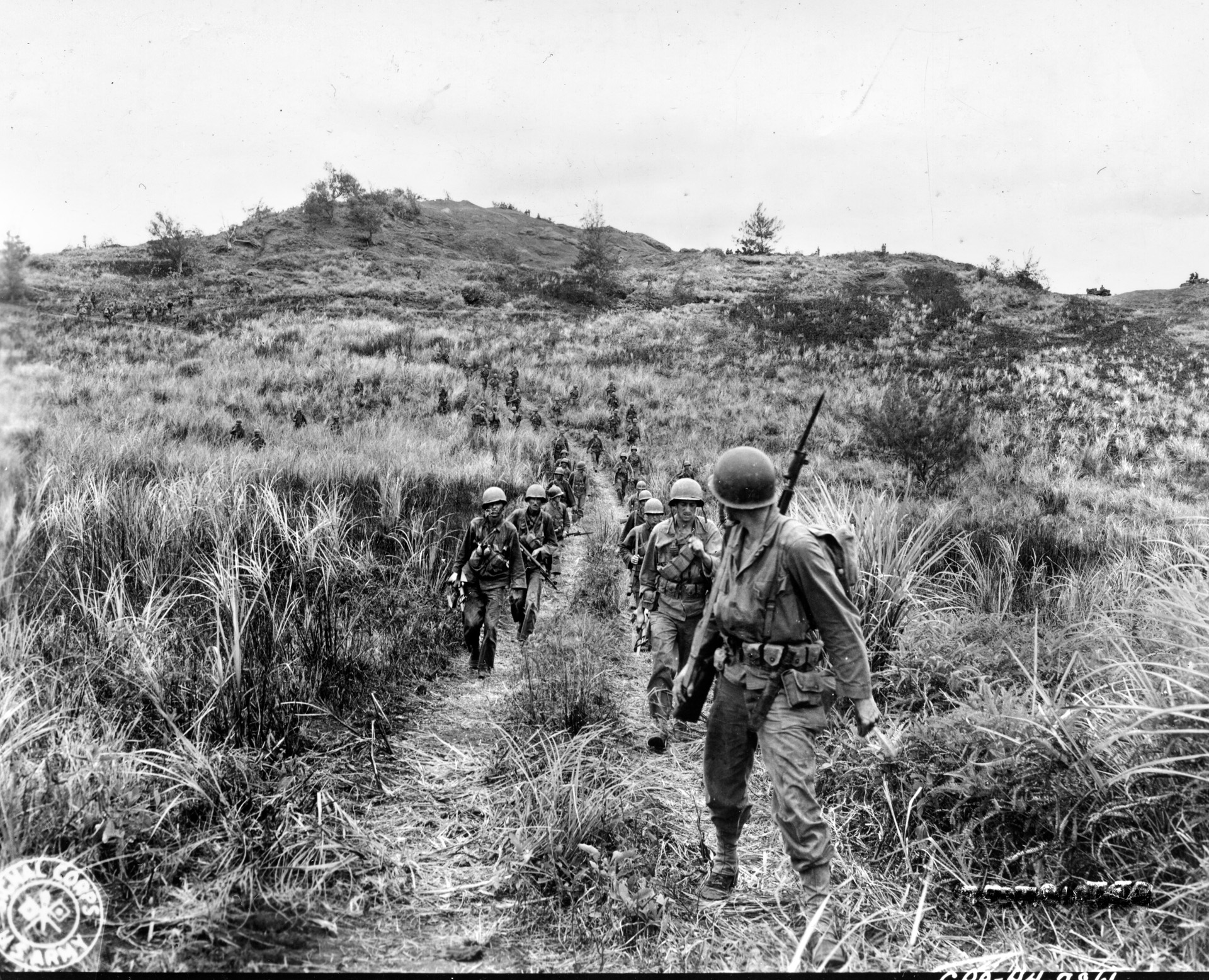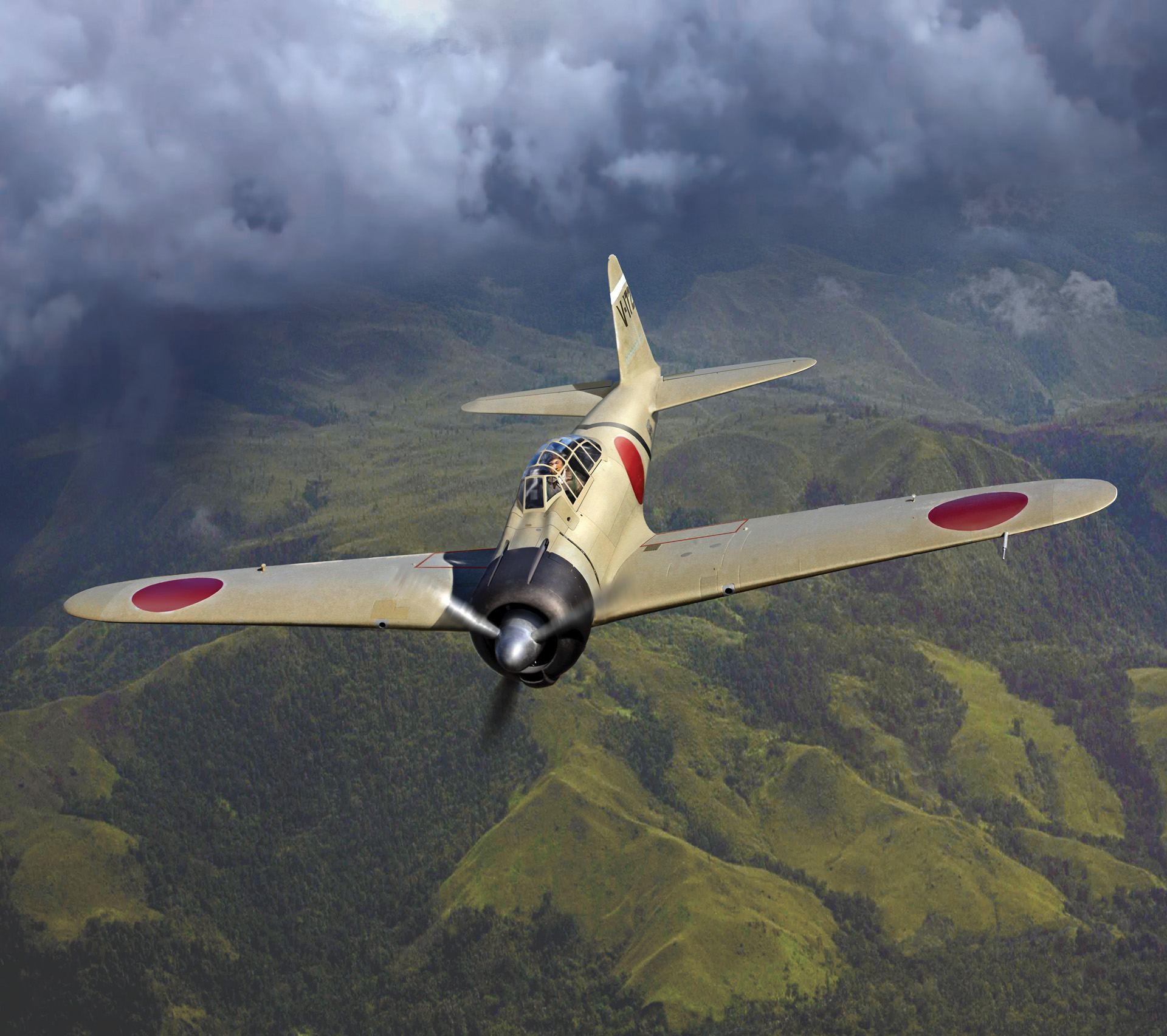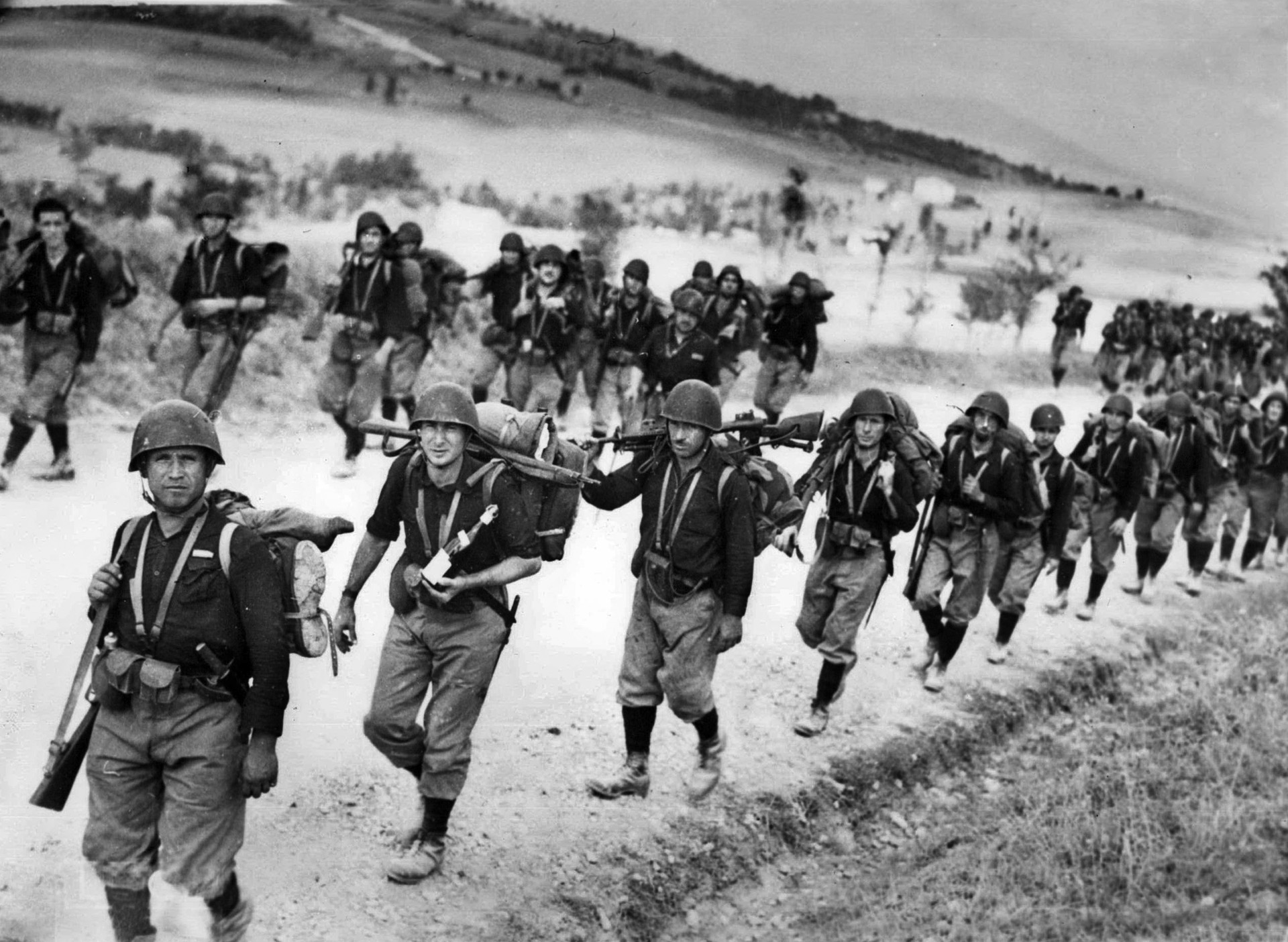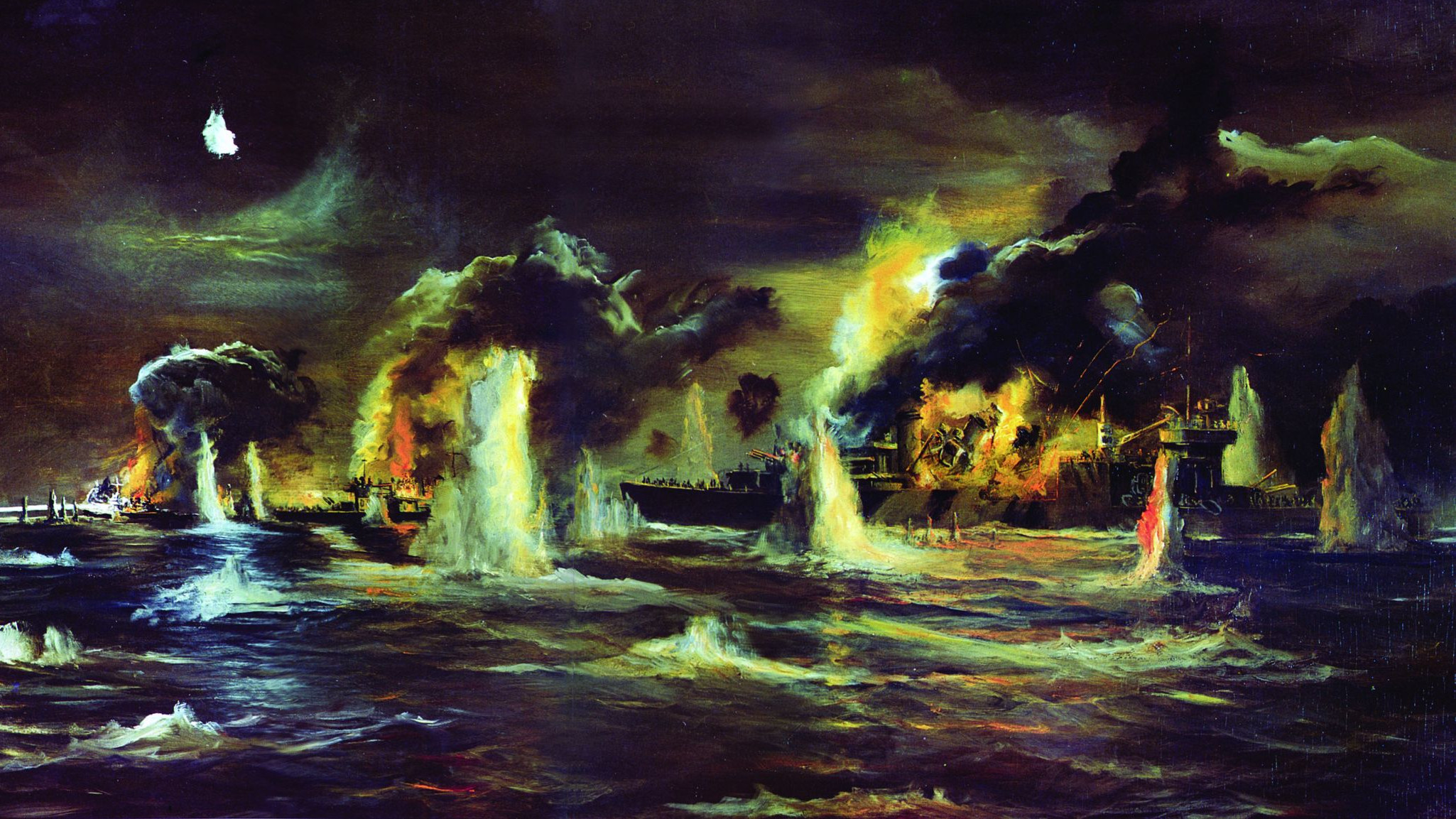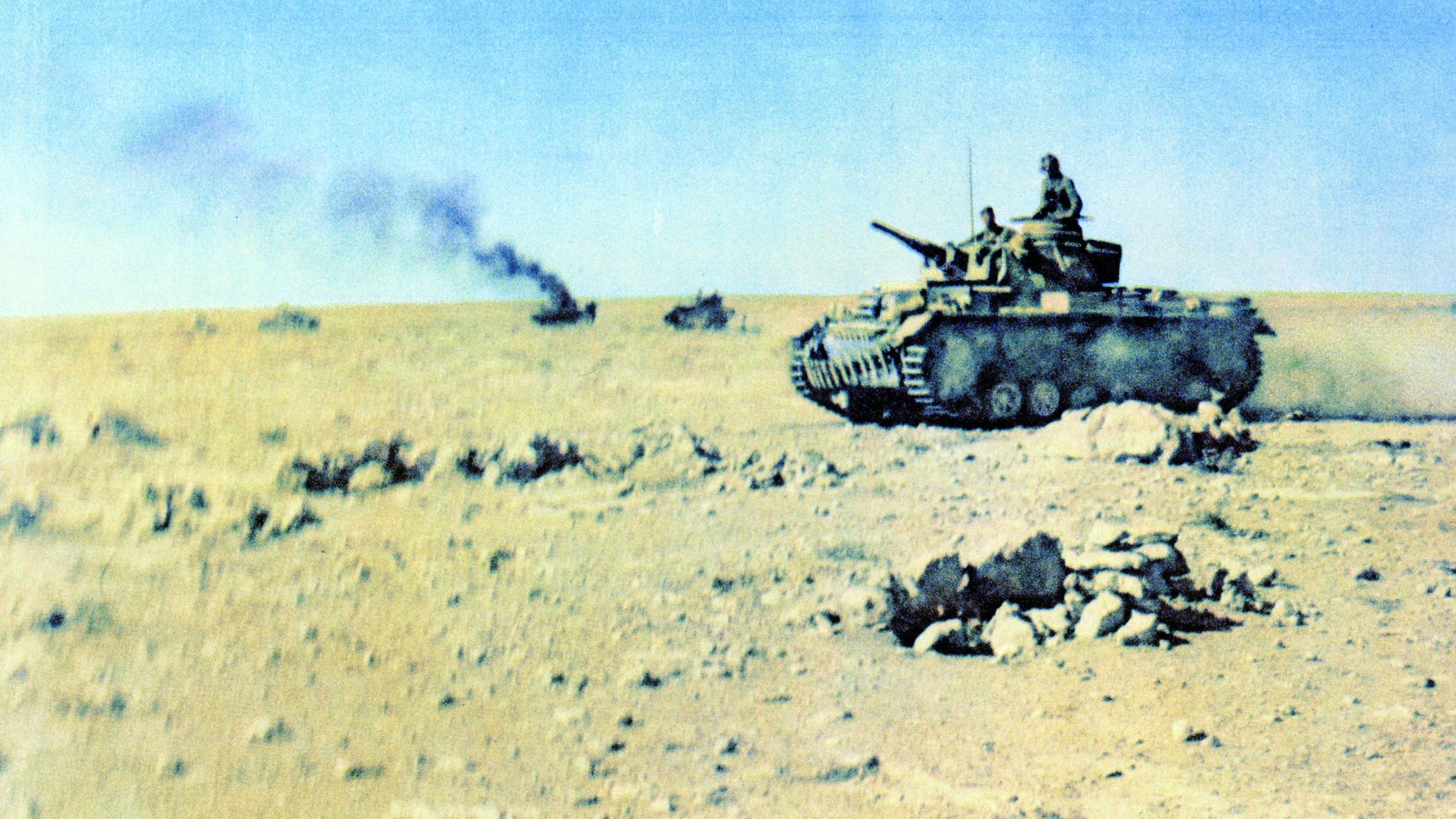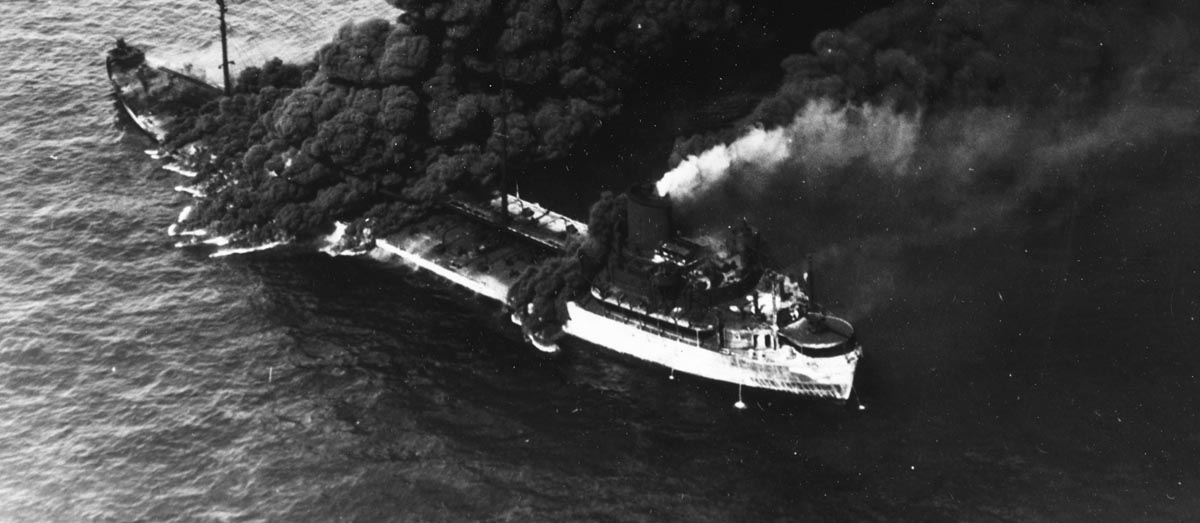by Brent Douglas Dyck
The Allied invasion of Normandy in France on June 6, 1944, known as D-Day, was the largest amphibious operation in modern history. The invasion was the major turning point of the war, as it spelled the beginning of the end for Germany.
The success of D-Day not only belongs to the courage of the brave soldiers, sailors and airmen who made the assault on Fortress Europe that day, but also to a project called Operation Fortitude. Operation Fortitude was a campaign to mislead the Germans as to where and when the actual invasion of Europe would take place. As General Bernard Montgomery, the leader of the Allied invasion’s ground forces, would later write, “The deception measures [of Operation Fortitude] played a vital part in our successes in Normandy.”
Looking at a map of Europe, one can see that the shortest distance across the English Channel is from southeast England to the Pas de Calais in France. The second-shortest route was from southwest England to the beaches of Normandy. The Germans saw this as clearly as the Allies, of course, and knew the invasion was an eventual certainty. The question for the Germans was: which of the two places would the Allies select for their landings—Normandy or the Pas de Calais?
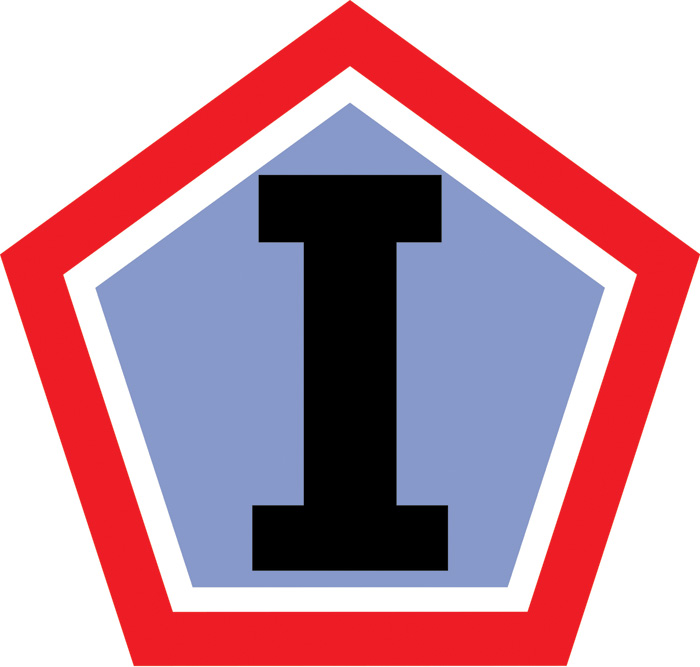
Deception would be vital if the the D-Day landings were to have any hope of succeeding. Defending the northern coastline of France was German Army Group B under Field Marshal Erwin Rommel—The 15th Army guarded the Pas de Calais, and the 7th Army was assigned to defend Normandy. Each of these armies were about 150,000 men strong. If the Germans knew where the invasion was landing, they could throw both their armies against the Allies. The invaders would be outnumbered two to one, the advantage would be with the Germans, and the Allies would have been defeated on the beaches.
Operation Fortitude was originally the brainchild of Noel Wild and his Ops (B) staff at the Supreme Headquarters Allied Expeditionary Force (SHAEF). In February 1944, the plan was revised and expanded by Colonel David Strangeways, the head of Montgomery’s R Force deception staff.
Operation Fortitude consisted of two contradictory deceptions: Fortitude North would make it appear as though the Allies were invading Norway from Scotland; Fortitude South would make obvious preparations and maneuvers for an Allied seaborne assault from the ports of Dover and Folkestone against the Germans at the Pas de Calais.
Meanwhile, the real invasion of Normandy would be undertaken by the 21st Army Group led by General Montgomery. The 21st Army Group consisted of the United States First Army and the British Second Army and was encamped on the Salisbury Plain in southwest England. On D-Day, it would disembark from the ports of Weymouth, Portland, Portsmouth, Plymouth, and Southampton and sail across the English Channel to land on the beaches of Normandy.
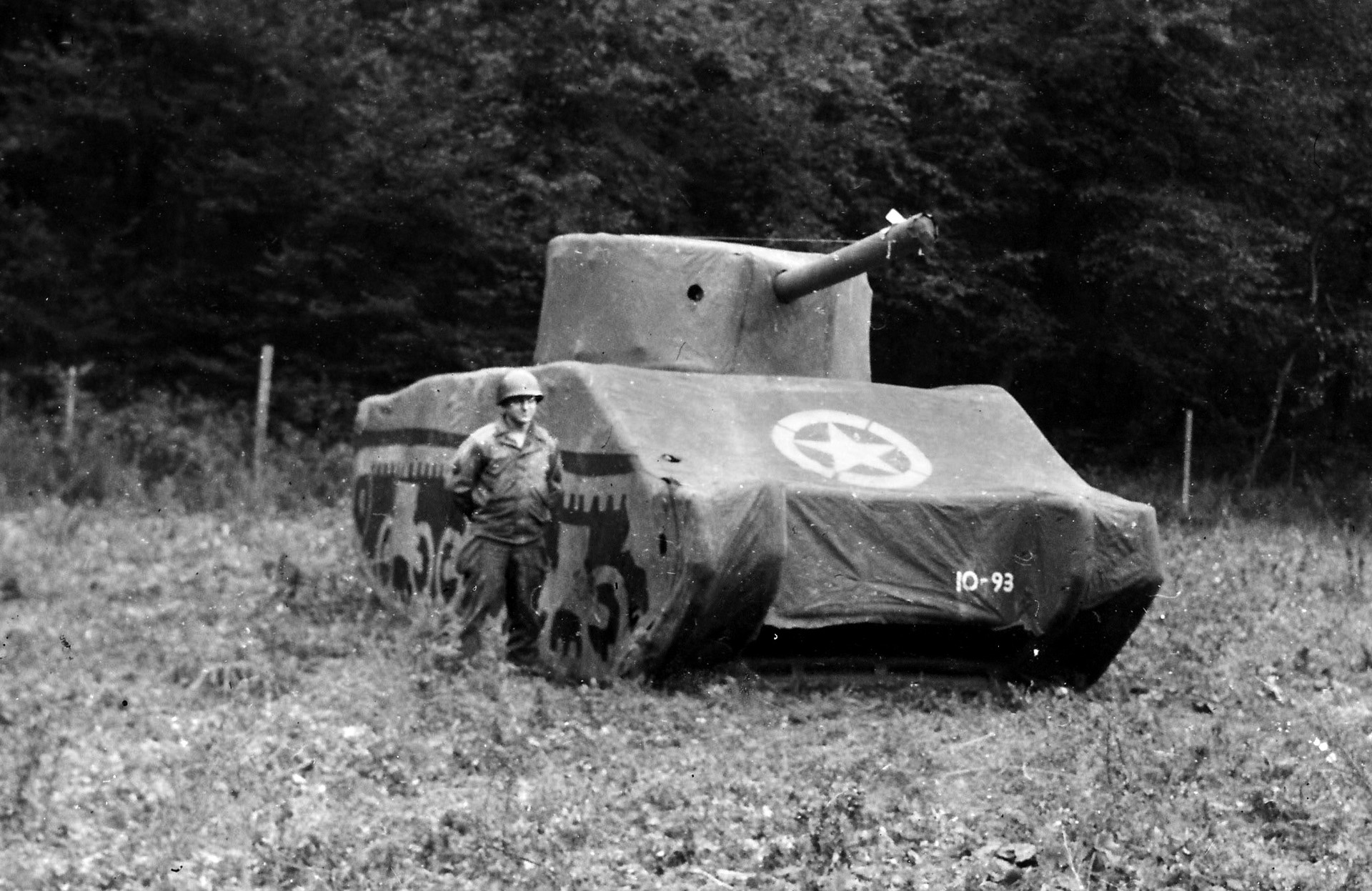
As part of Operation Fortitude South, Strangeways created a second, imaginary army, called the First United States Army Group (or FUSAG), which would be “commanded” by none other than General George Patton. FUSAG consisted of 11 non-existent divisions—150,000 imaginary men, and it would be encamped on the fields of Kent and Essex in southeast England. The hope was that this vast deception would hold the German 15th Army in place long enough at the Pas de Calais so that the invasion at Normandy would have a chance at success.
Among other things, Operation Fortitude involved the creation of a sham army in order to fool any German reconnaissance planes that happened to fly over the Channel. In Folkestone harbor, the Allies built 255 dummy landing craft. They were made by lashing steel tubes to buoyant steel drums and covering them with canvas. They also built fake army encampments throughout southwest England. These camps included tanks, trucks, and jeeps that were realistic when seen from above but were actually made out of rubber. Soldiers were even given rolling equipment to make tire marks behind the tanks. Fake airfields were also built across southeast England, complete with aircraft made from sheets of plywood. In case there were
any German spies watching, soldiers were instructed to walk into nearby towns and villages wearing different uniforms with various nonexistent unit insignia to make it look like there were lots of different units in the area.
Public displays of notable figures were also intended to fool the Germans. General Dwight Eisenhower, supreme commander of Allied forces, had chosen General Patton to lead the fictitious FUSAG. To keep up this pretense, Patton went on tour and gave speeches at public events and women’s clubs around southeast England. When he met Brigadier General James Gavin in the lobby of a hotel in London, he stopped and chatted. As he left, he turned back and yelled, loud enough for any German spies present to hear, “See you in the Pas de Calais, Gavin.”
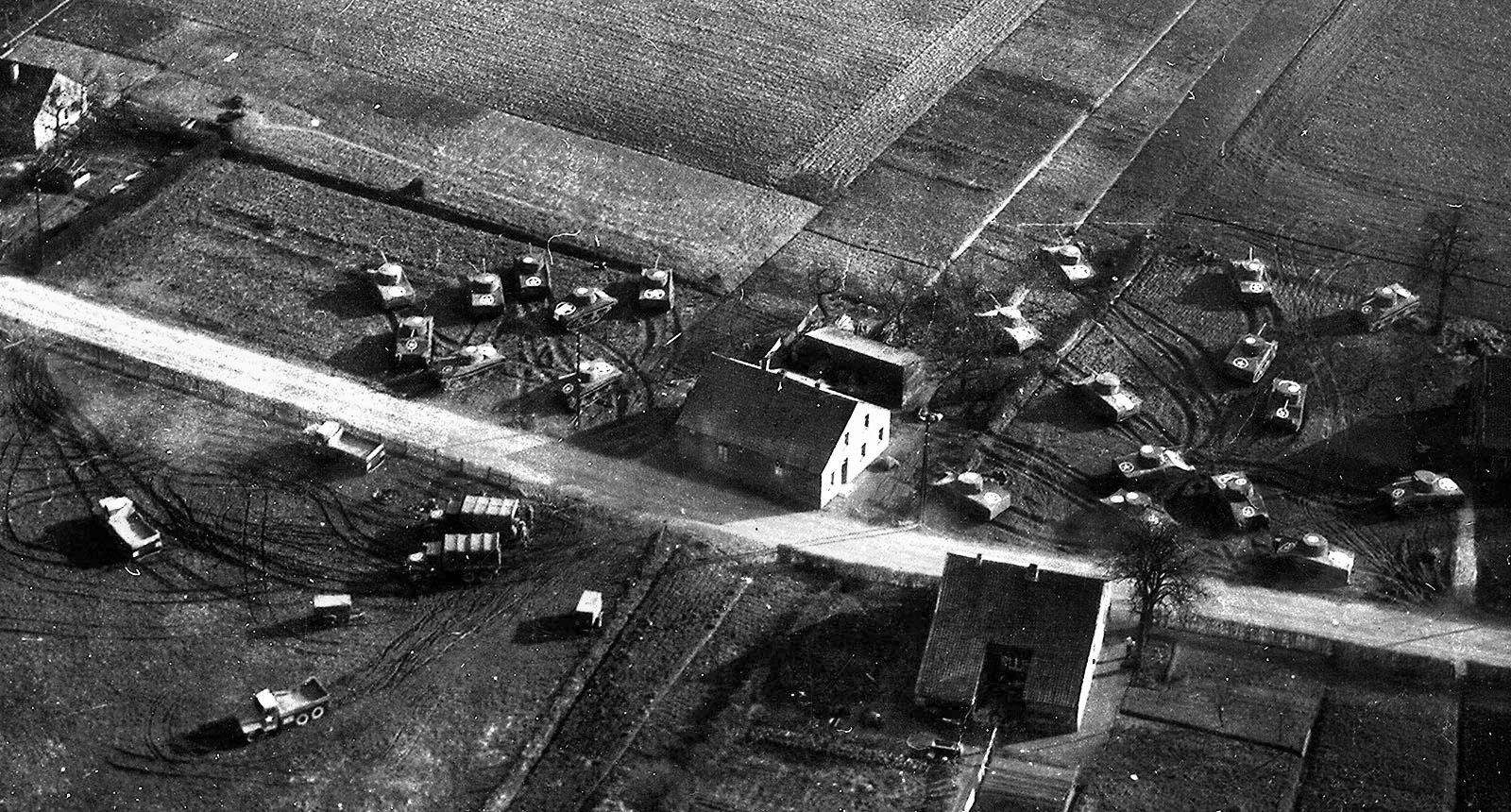
The Allies also took some incredible gambles with Operation Fortitude. They even allowed a German general to see the actual invasion force that would attack on D-Day. General Hans Cramer, a leader of the Afrika Korps, was captured in May 1943. Due to poor health, it was agreed to exchange him back to the Nazis. In May 1944, he was invited to dinner with General Patton. Patton was introduced as the commander of FUSAG, and he repeatedly mentioned the Pas de Calais. Cramer was then driven through towns on his way to be deported, and he passed huge numbers of actual troops. Cramer believed he was in the southeast of England due to the road and town signs that he passed and the loose lips of his guards, and he was shaken by the show of manpower and preparation he saw. In fact, however, Cramer had been driven through southWEST England—and what he was seeing was the real invasion preparation for Normandy. The road signs and town signs had been fakes to make it look like he was with FUSAG in southeast England.
On May 23, Cramer was shipped to neutral Sweden. The ruse had paid off. Cramer flew to visit Rommel in France to tell him about his dinner with Patton and the massive troop buildup he had seen directly across from the Pas de Calais.
The most important part of Operation Fortitude, however, was the part played by two double agents. These men were Allied agents who were trusted by the Germans and were sent to Britain with the intended purpose of spying on Allied troop movements. Instead, these agents were actually working for the British, and they sent false information back to the Germans.
The first of the agents was Roman Czerniawski, a Polish fighter pilot who had set up a network of spies in France against the Nazis. When he was betrayed and captured by the Gestapo, he was given a choice: go to England and spy for the Nazis, or reprisals would be taken against his mother and brother. He chose to go to England. When he arrived, he was interrogated by both the Polish and British intelligence services. He confessed that he had been sent to England as a spy for the Nazis, but after meeting the Polish government-in-exile in London, he volunteered to be a double-agent for the British. The British gave him the codename Brutus, after the senator who betrayed Julius Caesar.
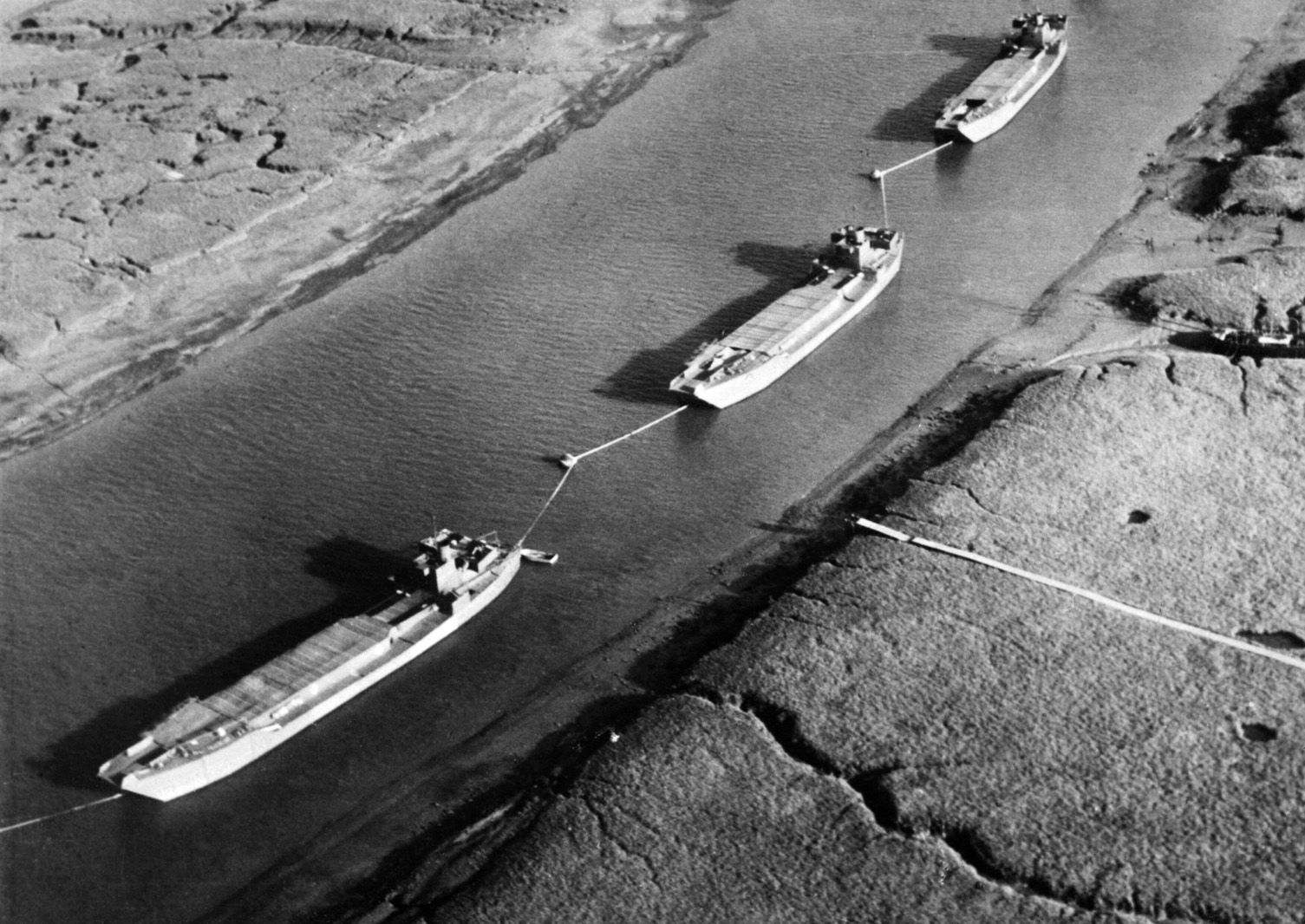
The second double agent, Juan Garcia Pujol, had been a chicken farmer in Spain when the war broke out. He would later write, “I must make my contribution towards the good of humanity.” He believed that the Nazi ideology was dangerous and that Hitler was a psychopath. In January 1941, he approached the British embassy in Madrid with his offer to spy for them against the Nazis. The British politely told him that his services were not needed. Undeterred, he then went to the German embassy and offered to spy for them—with the intention of passing intelligence to the British. The Germans politely refused his services. Undeterred, Pujol bought some Nazi books and learned all he could about National Socialism. He kept badgering the Germans until, as McIntyre writes, “finally (mostly to get him to shut up), the Germans said that if he could get to Britain, he would be considered for intelligence work. This was enough for Pujol.”
In July 1941, Pujol sent a message to German Intelligence, the Abwehr, in Madrid that he had arrived in England. He then started to send information—strange information—to the Germans. He said that men in Glasgow “would do anything for a liter of wine.” He said he observed major naval maneuvers on Lake Windermere even though the lake is landlocked. Perhaps the strangest was that the people of Liverpool indulged in “drunken orgies…at amusement centers.” It turned out that Pujol was still stuck in Portugal. He decided to send messages based on books, newsreels, and his wild imagination.
British agents at Bletchley Park began intercepting Pujol’s messages to Madrid. They could not decide whether he was dangerous or completely mad. At the same time, Pujol kept pestering the British embassy in Lisbon. The British finally put two and two together and realized that the person feeding the Germans crazy messages was the same person badgering them in Lisbon. Pujol was smuggled out of Portugal on a steamer to Gibraltar and from there was flown to England. For two weeks, Pujol was interrogated by the MI5 branch of British Intelligence, and his intentions were deemed sincere despite his “inexhaustibly fertile imagination.” MI5 decided to give him the codename “Garbo” after Greta Garbo. Since he had fooled the Germans with his ludicrous messages, MI5 believed that he should be named after the “best actor in the world.”
In May the double agents started feeding the Germans false information. On May 1, Pujol reported that a retired Welsh seaman had seen the 28th U.S. Infantry Division arrive in Tenterden, about 30 kilometers from Folkestone. The following day re reported the 6th U.S. Armored Division in Ipswich. On May 9, Czerniawski reported that he noticed the 4th U.S. Armored Division and XX Corps in Bury St. Edmunds. On May 25, he reported that the 11th British Armored Division was in Dorking. On May 27, Pujol radioed that he saw trucks and vehicles belonging to the 83rd U.S. Infantry Division in a car park near Dover. As historian Joshua Levine wrote, “It was in this manner, piece by piece, that the Germans were handed the picture of an army group forming up in preparation for action” in the southeast of England across from the Pas de Calais.
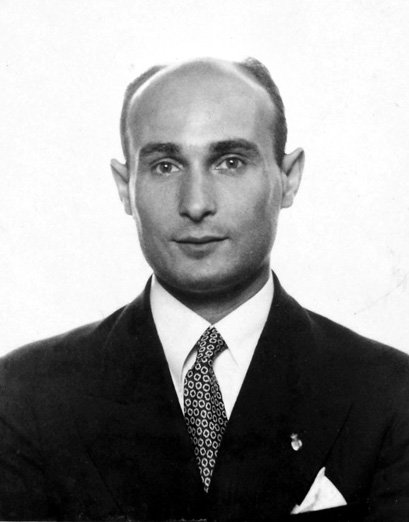
One of the strangest events of World War II soon occurred. Pujol was ordered to betray the entire D-Day invasion. In order to be a good double agent, once in a while, you have to give actual information to the other side so they will still trust you. So, at 3:00 am on June 6, with the invasion force on its way to Normandy, Pujol radioed his German contact in Madrid that he had been in contact with one of his sub-agents from Hiltingbury in southwest England. His contact said that cold rations and vomit bags had been distributed to troops from the 3rd Canadian Army a few days earlier. Then, during the night, the Canadians had left.
The implications were clear. Hiltingbury is only eight miles from Southampton, directly across the English Channel from Normandy. The Canadians must be on their way to Normandy. Pujol’s German contact in Madrid, however, had gone to bed. He did not receive the message until 8:00 the following morning. By this time, Allied troops had been landing on the beaches of Normandy for the previous hour and a half.
Pujol pretended to be furious that his contact had been sleeping while he passed on the biggest secret of the war. The next day he wired, “I … demand a clarification immediately as to what has occurred…. I cannot accept excuses or negligence…. This makes me question your seriousness and sense of responsibility….” His German superiors apologized and said it would not happen again.
Not only was the aim of Operation Fortitude to deceive the Germans about the time and place of the D-Day assault, but also to keep up the deception after the invasion to ensure its success. Before D-Day, Eisenhower had told MI5, “Just keep the Fifteenth Army out of my hair for two days. That’s all I ask.”
By June 8, two days after D-Day, the Germans were beginning to doubt that there was going to be a second invasion at the Pas de Calais. The German High Command ordered the powerful 1st SS Panzer Division and the Panzer Regiment Grossdeutschland of the 116th Panzer Division to start toward Normandy. The deceivers at MI5 were worried. This was their worst fear realized. Troops from the Pas de Calais were starting to move to reinforce German troops in Normandy. The Mulberry artificial harbors that the Allies needed to offload ships were still being erected on the beaches. The Allied beachheads were still vulnerable. Overlord’s success was not guaranteed by any means.
Pujol sent a radio message to his handlers in Madrid that day. It was one of the most important messages of the war. He wrote, “From the reports mentioned it is perfectly clear that the present attack (on Normandy by the 21st Army Group) is a large-scale operation but diversionary in character for the purpose of establishing a strong bridgehead in order to draw the maximum of our reserves to the area of operation to retain them there so as to be able to strike a blow somewhere else with ensured success. I never like to give my opinion unless I have strong reasons to justify my assurances. Thus, the fact that these concentrations which are in the east and the southeast are now inactive means that they must be held in reserve to be employed in the other large-scale operations. The constant aerial bombardment which the area of the Pas de Calais has suffered and the strategic disposition of these forces give reason to suspect an attack in that region of France which at this time offers the shortest route for the final objective of their illusions, which is to say, Berlin…. I transmit with my opinion … my belief that the whole of the present attack is set as a trap by the enemy to make us move all of our reserves in a hurried strategical disposition which we would later regret.”
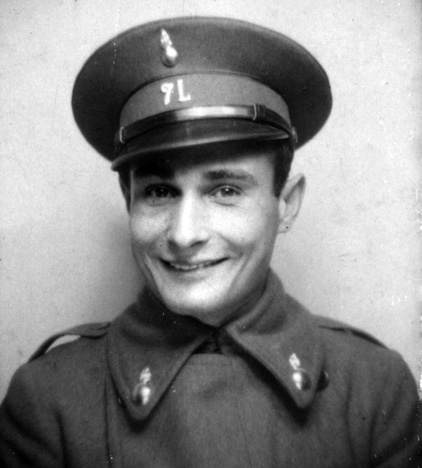
The Germans believed Pujol’s message. After all, he had warned them about the Normandy invasion before it happened. The Abwehr in Madrid summarized his report and sent it to Colonel Friedrich-Adolf Krummacher, the head of the OKW Intelligence Branch in Berlin. Krummacher wrote in red pen underneath the report: “Confirms the view already held by us that a further attack is to be expected in another place.”
He passed it to Colonel General Alfred Jodl, chief of the OKW operations staff, who passed it on to Hitler. Field Marshal Wilhelm Keitel, the OKW commander, telephoned the Commander-in-Chief West, Field Marshal Gerd von Rundstedt, at 7:30 in the morning on June 10. The order to move the 1st Panzer Division and the “Grossdeutschland” Regiment was cancelled. The division would remain in the Pas de Calais for another week, by which time the Allies were securely lodged in Normandy. By June 11, or D+5, the Allies had landed 326,000 men, 50,000 vehicles, and almost 100,000 tons of equipment on the beaches of Normandy. Pujol’s message had not only bought the Allies time, but possibly saved the Allied armies from destruction. Like a chess master who gives up his pawn to capture the opponent’s queen, Pujol had to betray the invasion so that he could save it later on.
Interestingly, the D-Day invasion was almost betrayed by a crossword puzzle. One of the answers in the London Daily Telegraph newspaper in February 1944 was “JUNO,” the name of the beach where the Canadian army was scheduled to land on D-Day. The next month, one of the answers was “GOLD,” and the following month one of the answers was “SWORD.” These were the names of the beaches where the British army was due to land. On May 2, one of the answers was “UTAH,” and on May 22 another answer was “OMAHA.” These were the names of the beaches where the Americans would land. In the May 27 edition of the crossword, “OVERLORD” appeared, and on May 30 one of the answers was “MULBERRY.” Overlord was the codename for the invasion; Mulberry was the name of the artificial harbors the Allies were constructing in British ports.
British intelligence decided that this could not be a coincidence and that possibly someone was trying to tip off the Germans to the invasion. Agents discovered that the person responsible for the crossword section was a man named Leonard Sydney Dawe, headmaster of the Strand School in South London. During the Blitz, the school was moved to Effingham in Surrey in southeast England for the students’ safety. It turned out that Dawe was not a German spy. Instead, he would occasionally let his students come into his study and write down answers to the crossword on a piece of paper, and then he would provide the clues. The students had inserted top secret code words that they had heard from American and Canadian soldiers stationed near Effingham. Dawe and the students were totally unaware that they were putting the D-Day invasion at risk.
Eleven months after the first Allied soldier set foot on French soil in Normandy, the Germans surrendered on May 8, 1945. After the war, in his Report to the Combined Chiefs of Staff, Eisenhower gave credit to Operation Fortitude for the Allied success when he wrote, “Lack of infantry was the most important cause of the enemy’s defeat on Normandy, and his failure to remedy this weakness was due primarily to the threat levelled against the Pas de Calais. This threat, which had proved of so much value in misleading the enemy as to the true objectives of our invasion preparations, was maintained after June 6, and it served most effectively to pin down the German Fifteenth Army east of the Seine, while we built up our strength in the lodgment area to the west. I cannot overemphasize the decisive value of this most successful threat, which paid enormous dividends, both at the time of the assault and during the operations of the two succeeding months. The German Fifteenth Army, which, if committed to battle in June or July, might possibly have defeated us by sheer weight of numbers, remained inoperative during the critical period of the campaign, and only when the breakthrough had been achieved were its infantry divisions brought west across the Seine—too late to have any effect upon the course of victory.”
One of the greatest ironies of the war was that German intelligence so valued Pujol’s information that on July 29, 1944, he was notified that he had been awarded the Iron Class Second Class for “extraordinary merit.” Four months later, on November 25, King George VI awarded him the MBE (Most Excellent Order of the British Empire) for his efforts in deceiving the Germans.
Brent Douglas Dyck is a frequent contributor to WWII History. He teaches history in Bradford, Ontario, Canada.
